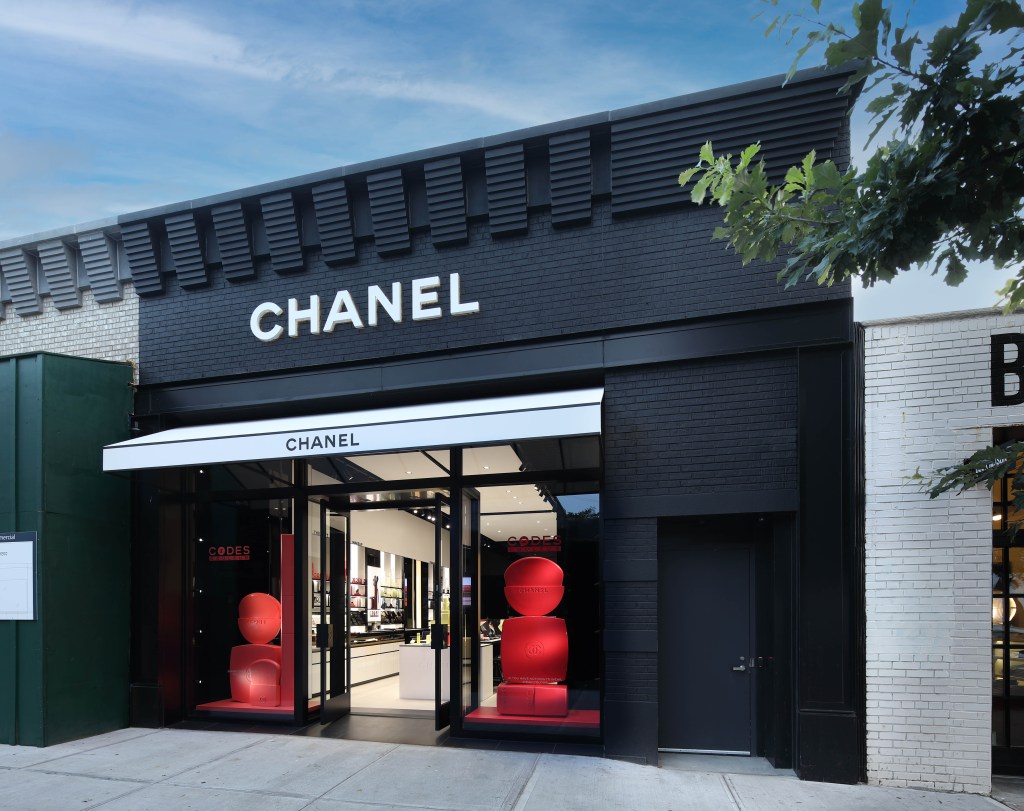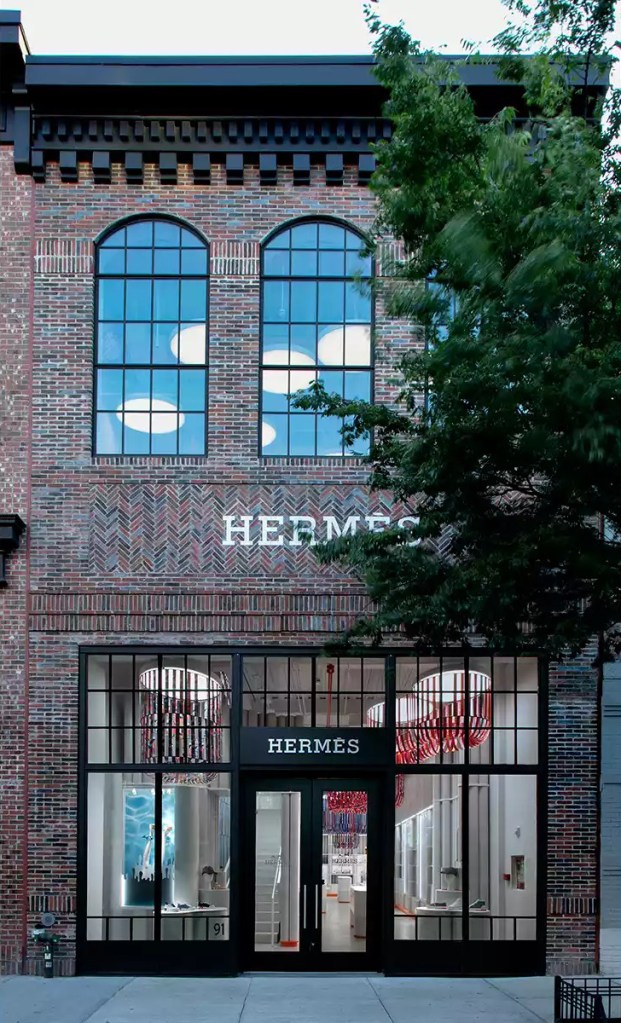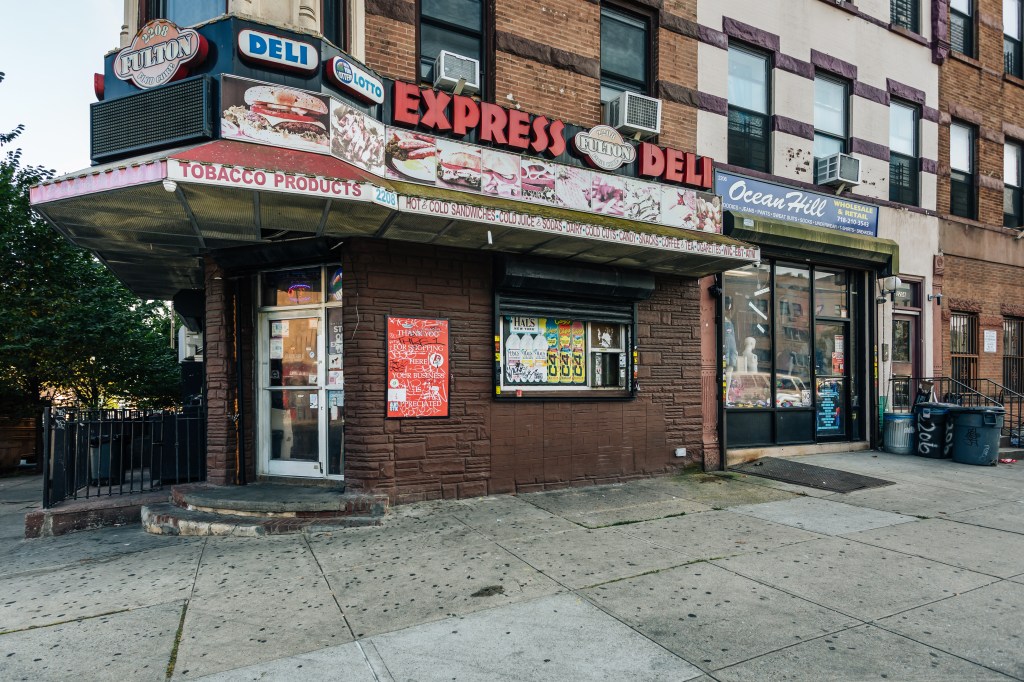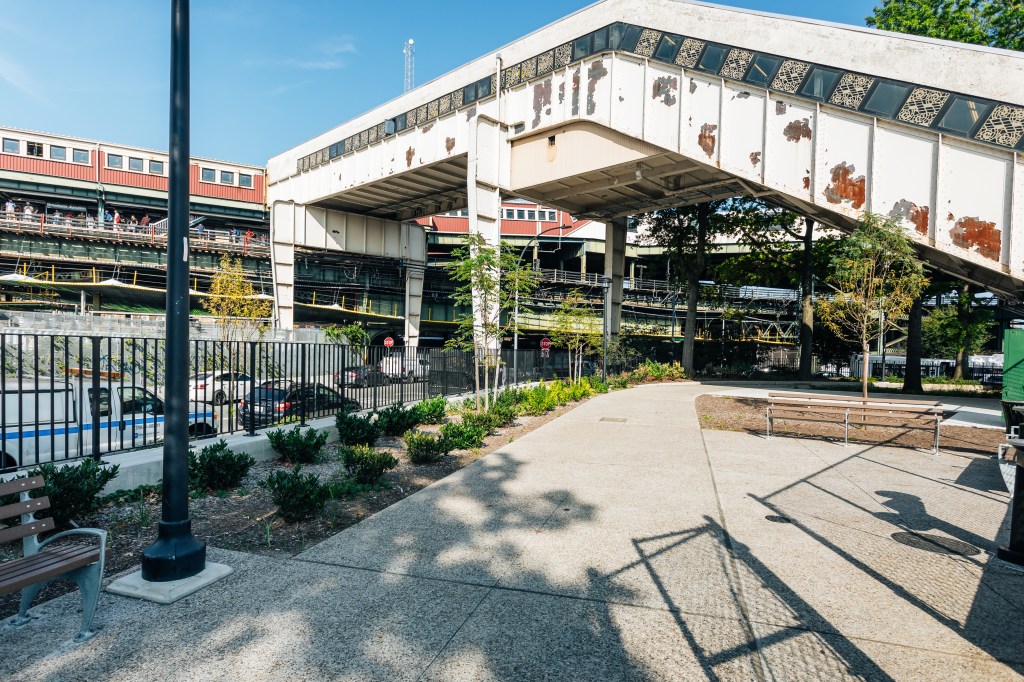New York City need ‘organic gentrification’
Hermes is arriving to Williamsburg, joining Chanel in the onetime hipster haven.
But “gentrification” comes in many stripes and shades.
I like them all — why shouldn’t every low-income neighborhood have access to better stores and food, and more middle-class residents to spread their dough around?
But the sweetest form of the g-word occurs organically.
That is, when people follow their hearts and instincts to re-energize dead zones that we used to call slums.
And do so without the zoning changes, subsidies, and political machinations required to launch mega-projects that often yield more press conferences than actual “affordable” homes.
It happened in the South Bronx, in much of Harlem and elsewhere.
But the one closest to my heart is my childhood neighborhood of Brooklyn’s low-rise Ocean Hill, the eastern salient of Bedford-Stuyvesant.
Now predominantly black and Hispanic — including a sizable immigrant community from the Caribbean — Ocean Hill is one of the borough’s least-known quarters and unfortunately linked in many minds with the NYCHA hell of Brownsville to the south.
When I first revisited my old stomping ground 40-odd years ago, I had no problem that the Colonial cinema where I saw “Pinocchio” at age three had become a Baptist church.
But Ocean Hill was so dangerous that I walked in the middle of the street. Empty lots left by 1977 blackout arsonists lay everywhere.
As recently as 13 years ago, the ruined commercial drag of Broadway beneath the J and Z el tracks was so creepy after dark that the local (and only) diner closed for its own safety at 4:30 p.m.
What’s happened since testifies to New York City’s unparalleled regenerative powers.
Improbably, cheap property attracted real estate investors who put up new buildings on vacant land and restored old ones.
Easy subway access at the menacing but indispensable above- and below-ground Broadway Junction station complex helped draw families who couldn’t afford fancier parts of Bed-Stuy.

Zoning doesn’t allow large new residential construction — which might be just as well. Change has been dramatic — make that astounding — since my last stroll before the 2020 lockdowns.
Older three- and four-story buildings are flourishing thanks to investment by their landlords.
Beautiful brownstones on Bainbridge Street — one of the city’s least-known gems — would be at home on the Upper East or West Side.
There’s no Hermes (ha!) but many more groceries, pharmacies, and stores than in a very long time.

Restored facades, well-kept gardens, and even a few modestly “architectural” residences lifted my heart.
So did the sense of safety.
Ocean Hill has its rough edges, but thanks to broken-window policing and political resolve to lock up the bad guys, crime steadily fell in Ocean Hill as it did in most of the Big Apple prior to 2020.
Even after “bail reform” and an uptick that followed former mayor Bill de Blasio’s emasculation of proven police tactics, the 73d Precinct — which covers both Ocean Hill and Brownsville — saw 22 murders last year, compared with 74 in 1993.
There have been only six to date this year. Most of the bloodshed occurred in and around Brownsville’s gang-infested projects south of Atlantic Avenue, according to NYPD incident maps.

People searching for affordable homes voted with their feet as a result.
While some minority neighborhoods lost residents, Ocean Hill’s population steadily increased from 31,935 in the 2010 US Census to 37,952 in 2020.
Now, the government is finally getting into the act. (To his credit, Eric Adams fought for improvements during his time as Brooklyn borough president.)
The Economic Development Corp. plans a half-billion-dollar redesign of the infamously labyrinthine Broadway Junction station and the wasted sidewalks around it.

It won’t start until 2027 and the job will take three years — but after a half-century’s decline, it’s better late than never.
The eastern end of Hull Street, where I grew up in the early 1950s, lies at the station’s foot.
The street’s recovery from the 1977 riots came slowly. But of at least a dozen empty lots that I recall, very few remain.
One such concrete-paved, steel-fenced parcel at 137 Hull St. is where I was born.
It’s unclear when or why the building, sandwiched between two other tenements, was razed.
It appears on the city’s Finance Department property registry literally as a cipher — “Street code is zero.”
The Department of Buildings says the address page is “an obsolete bin retained for historical purposes only.”
But if recent history’s a harbinger, it shouldn’t stay vacant for much longer. I hope somebody will gently gentrify it before the price goes up.
scuozzo@nypost.com
Read the full article Here


